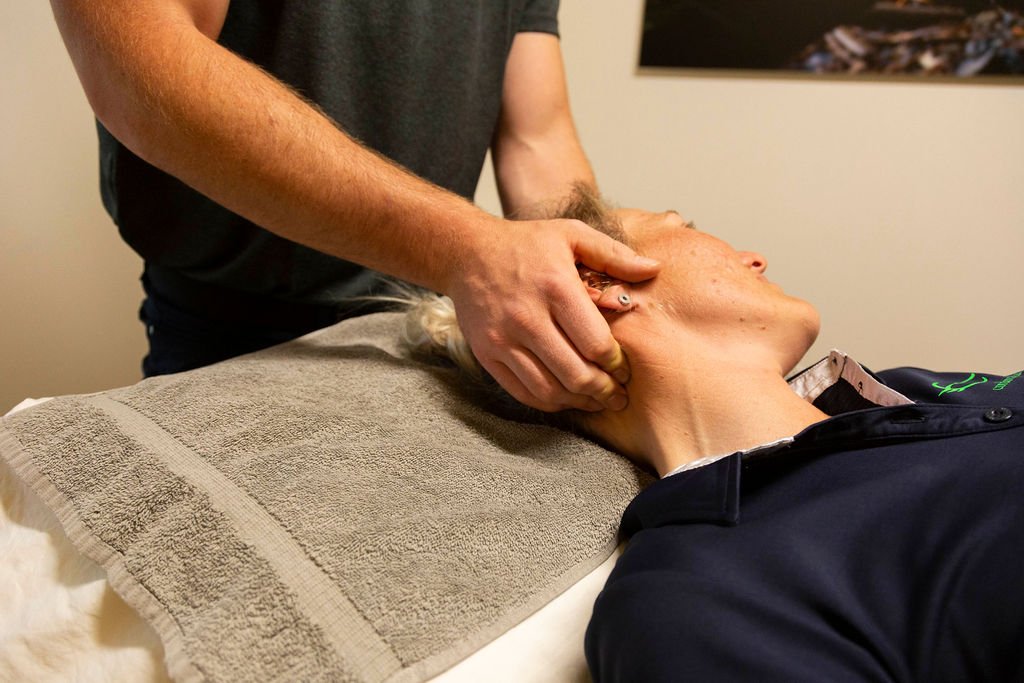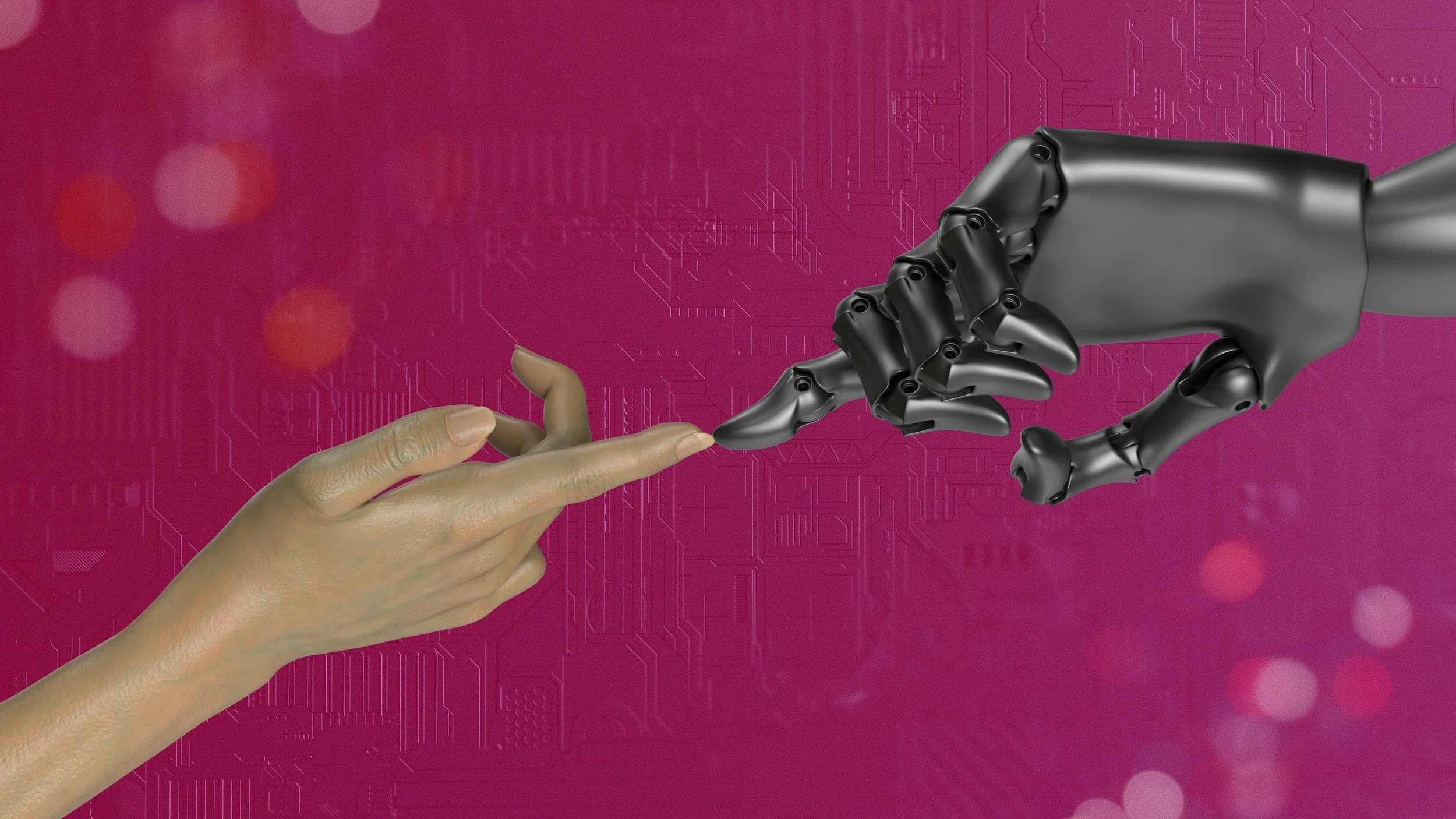What’s With "Cracking Backs"? Understanding the Popping Noises You Hear at Your Chiropractor
You’re nervously walking into your first visit to a Chiropractic office with stories from your friend who referred you to the doctor who "cracks your bones" ominously swirling around in your head. "Yeah, the ones in your back, your neck and even in your arms and legs", but “don’t worry” they said, “it feels great and my pain is gone”. Yeah, right! How could someone cracking my bones feel "great"? Fair enough, that sounds pretty terrifying to me and I’m a chiropractor… but don’t worry!
This is a very common misconception and you’re not the only one who assumes this myth to be true.
Allow me to set your mind at ease and tell you that we do NOT crack bones; to be honest, we do very little to bones at all. A chiropractic adjustment, manipulation, back crack, or whatever you want to call it is intended to affect your bodies joints. Now, as a great teacher of mine once said, "I don’t mean to insult your intelligence" - a joint is a fluid-filled, pressurized, connective tissue capsule that connects bones together and allows for movement in different directions.
There are different types of joints with different structures and functions – some of which have more movement than others, and some that are more likely to become restricted and pain producing. Again, we do NOT crack bones, we help to create space and movement within a joint.
“Again, we do NOT crack bones, we help to create space and movement within a joint.”
Now that we've gotten that out of the way, why do your joints make that cracking sound when they are adjusted? Well to use the proper term, we call that noise a ‘cavitation’. A cavitation is the formation of an air bubble inside of a liquid which undergoes the phenomena of ’tribonucleation’, this is a known natural process where distraction forces on a joint result in a small separation due to viscous attraction by the synovial fluid within the joint capsule.
The fluid cavity is then formed, and a cavitation may be heard when sufficient force rapidly separates the liquid. The cavity only disappears when the action is completed.
Well that’s a little bit confusing, now isn’t it? Let’s break it down.
When a Chiropractor administers an adjustment, they’re applying a controlled, high velocity (read: quick) low amplitude (shallow) force to the desired joint. This force is sufficient to gap the joint, which creates enough space within the joint capsule to form the bubble that creates the cracking sound you may hear.
Wait! Bubbles? Yes, just bubbles. Not so bad, right?
What does the joint gapping and adjusting do? How does it get me out of pain? How does it allow me to move my neck, back, arms, and legs more freely? And where did my headache go? Those are all great questions, and ones I look forward to answering another day!
I hope this helps you better understand what is truly happening when your Chiropractor adjusts you!
To Summarize:
Chiropractors do NOT “crack” bones
Chiropractors DO gap joints to improve movement and decrease pain
The cracking noise is called a cavitation and is caused by a gas bubble forming within the joint
Bubbles are not scary:)




































